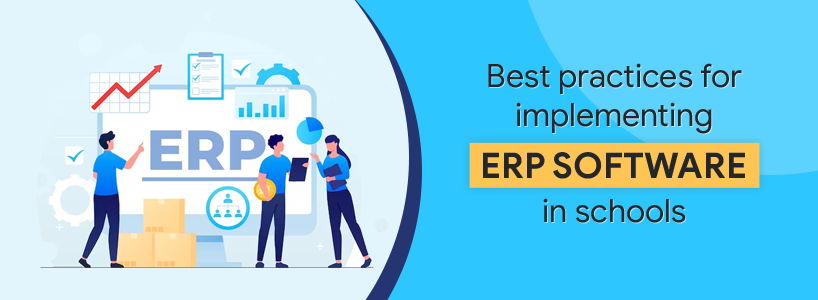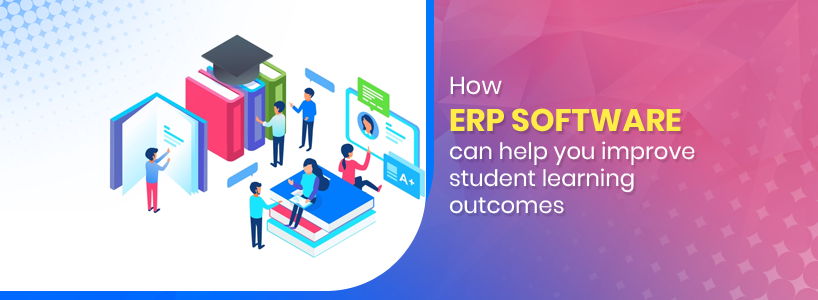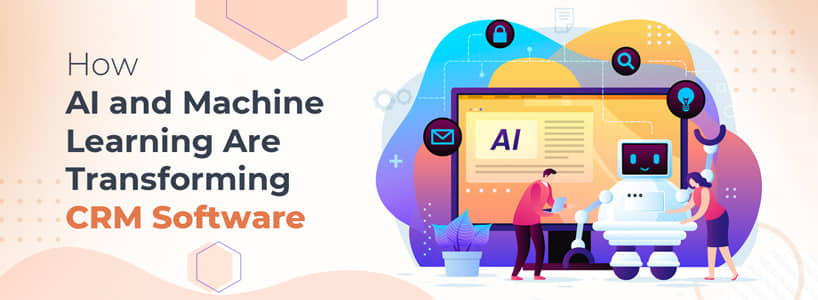Best Practices for Successful ERP Software Implementation in Schools
Implementing Enterprise Resource Planning (ERP) software in schools can be a complex process, but following best practices can help ensure a successful deployment.
Best Practices for Successful ERP Software Implementation in Schools

- Customization and Flexibility: Prioritize ERP solutions that offer customization options to adapt to the unique workflows of the school. Flexibility is essential to accommodate changes in processes and requirements over time.
- Integration with Existing Systems: Ensure seamless integration with existing systems, such as student information systems and learning management systems. Integration minimizes data silos and enhances overall operational efficiency.
- Security and Privacy Measures: Prioritize the security of sensitive data by implementing robust security measures. Ensure compliance with data protection regulations and privacy standards to safeguard student and staff information.
- Continuous Improvement: Establish mechanisms for continuous improvement based on user feedback and evolving school needs. Stay informed about updates and new features from the ERP vendor to ensure the system remains aligned with the school's operations.
- Needs Assessment and Prioritization: Focus on the most critical functions first, such as student information management, attendance tracking, and grade reporting.
- Budget Planning: Consider both upfront costs (software licensing, implementation) and ongoing costs (maintenance, training). Perform a cost-benefit analysis to ensure that the anticipated benefits justify the investment.
- Customization and Configuration: Select ERP software that offers a high degree of configurability to reduce the need for expensive custom development.
- Full-Scale Deployment: Deploy the ERP system in phases, starting with the most critical modules.
Innovative Web Design Trends
As web design continues to evolve, new trends are emerging that enhance user experience, boost engagement, and make websites more dynamic and interactive. Businesses can create more immersive, interactive, and personalized online experiences that resonate with users and meet their evolving needs.
Bansal Trading Company a Leading Chemical Distributor in India
Bansal Trading Company is known for its extensive product range, strategic partnerships with top manufacturers, and commitment to innovation. preferred choice for businesses seeking reliable chemical distribution in India. The company has built a strong reputation for providing high-quality chemicals across various industries, including plastics, personal care, home care, paints, and coatings.
Best Practices for Successful ERP Software Implementation in Schools
Implementing Enterprise Resource Planning (ERP) software in schools can be a complex process, but following best practices can help ensure a successful deployment.
How ERP Software can help you improve student learning outcomes
Enterprise Resource Planning (ERP) software can play a crucial role in improving student learning outcomes by streamlining and enhancing various aspects of educational institutions.
How AI and Machine Learning Are Transforming CRM Software
AI (Artificial Intelligence) and machine learning have significantly transformed Customer Relationship Management (CRM) software, enhancing its capabilities and providing businesses with powerful tools to improve customer interactions and relationships.




